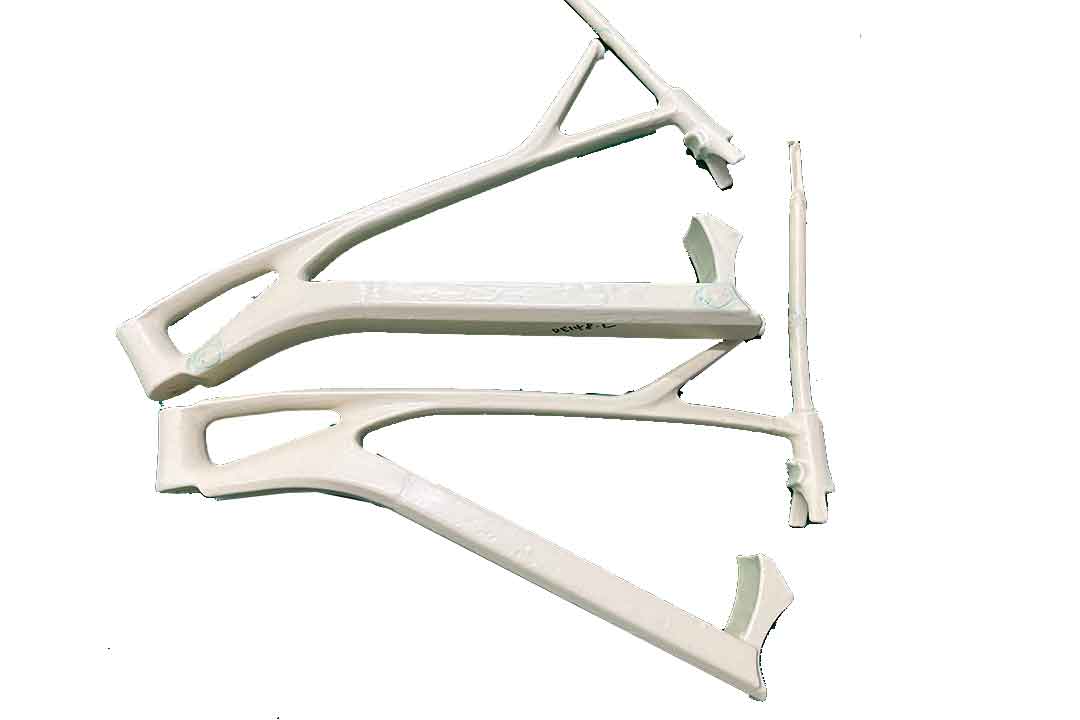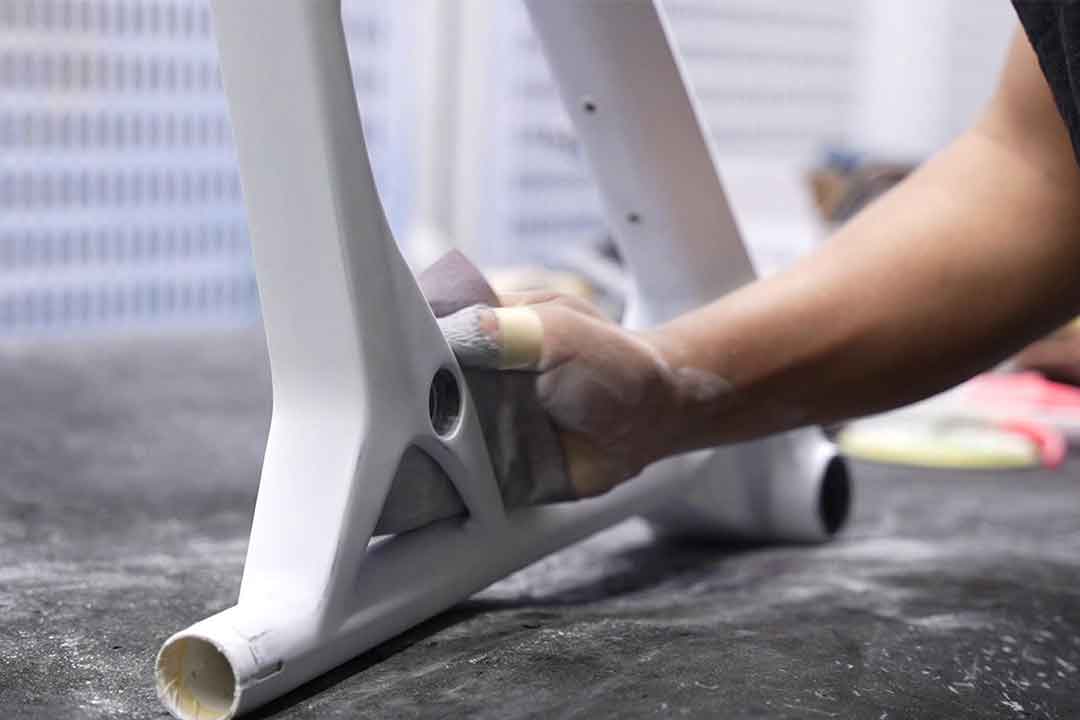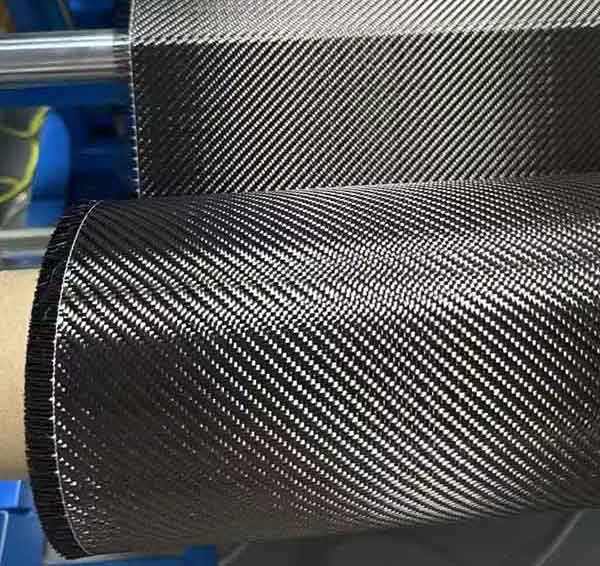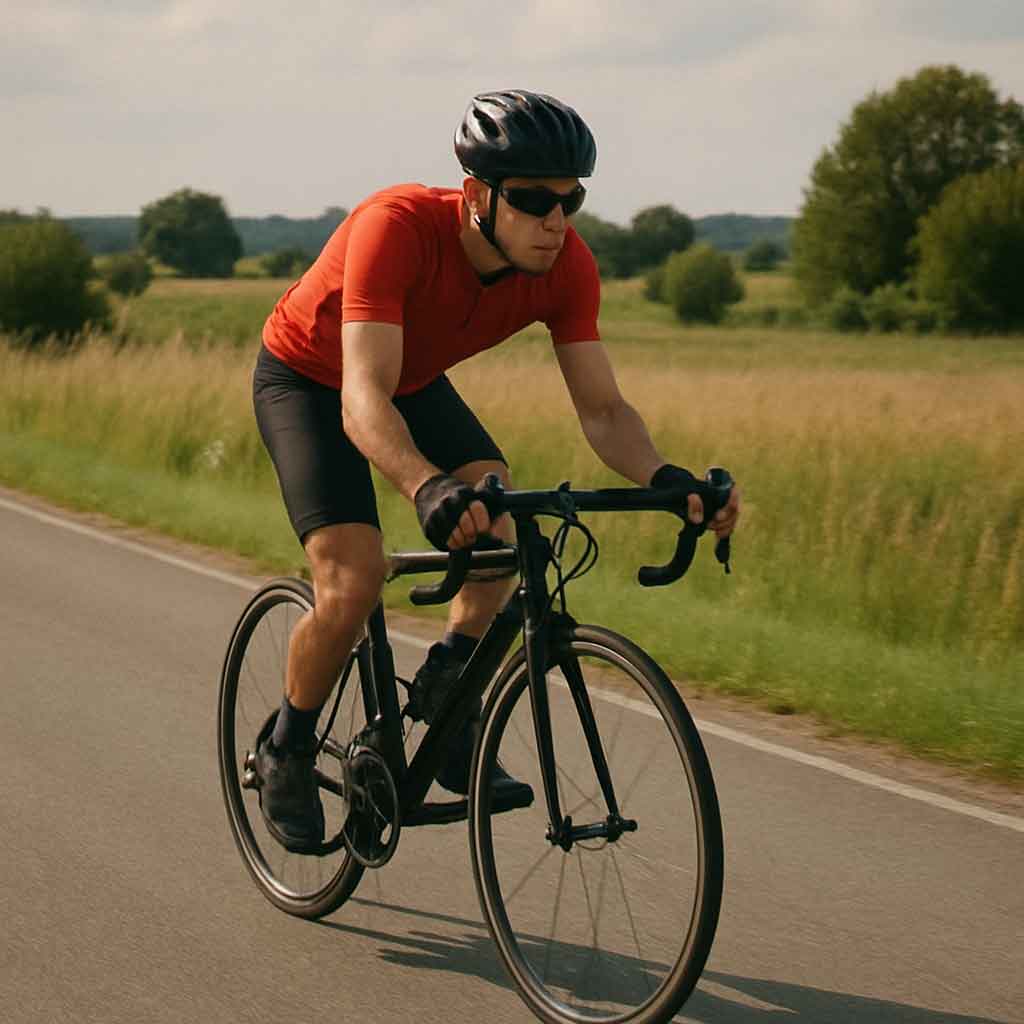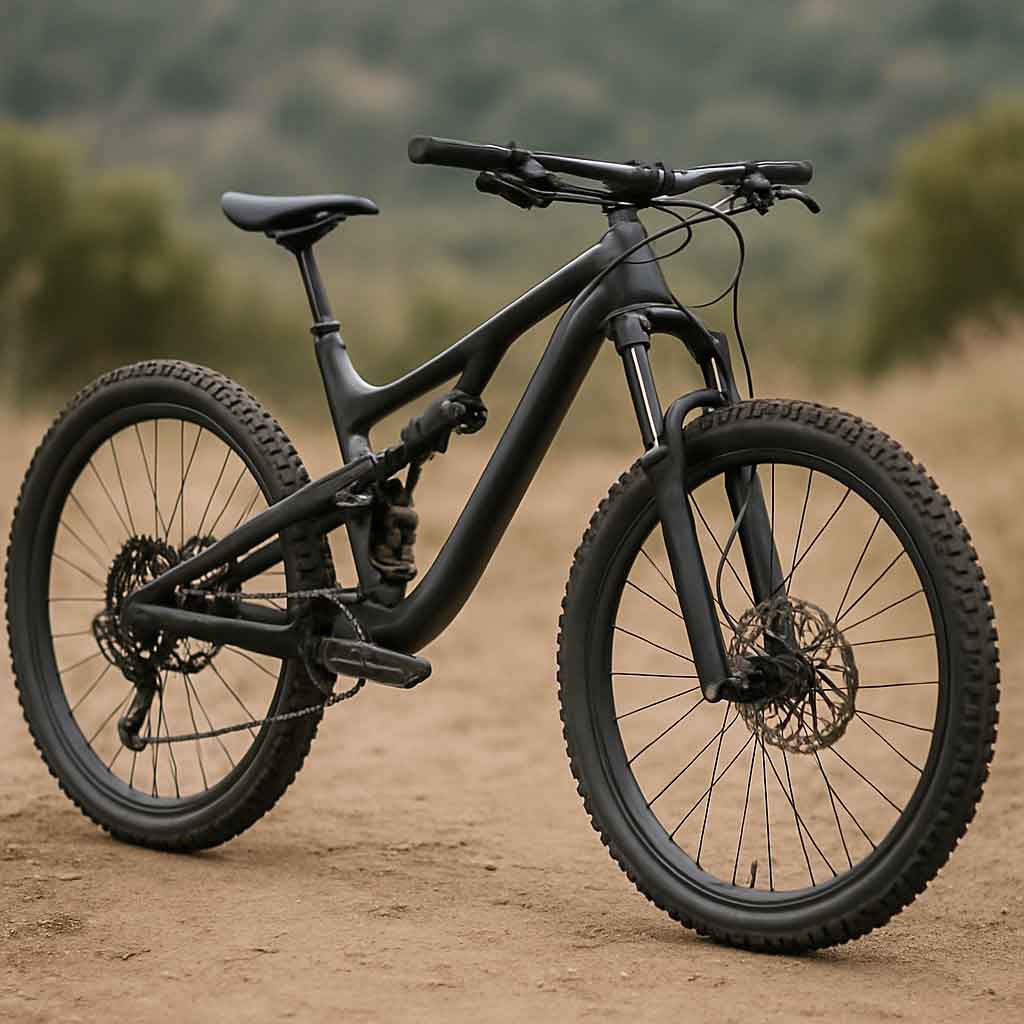Welcome to Mondince Bike - A well-known factory specialized in produce carbon bike frame and other parts since 2007.
Essential Features of Beginner Road Bikes
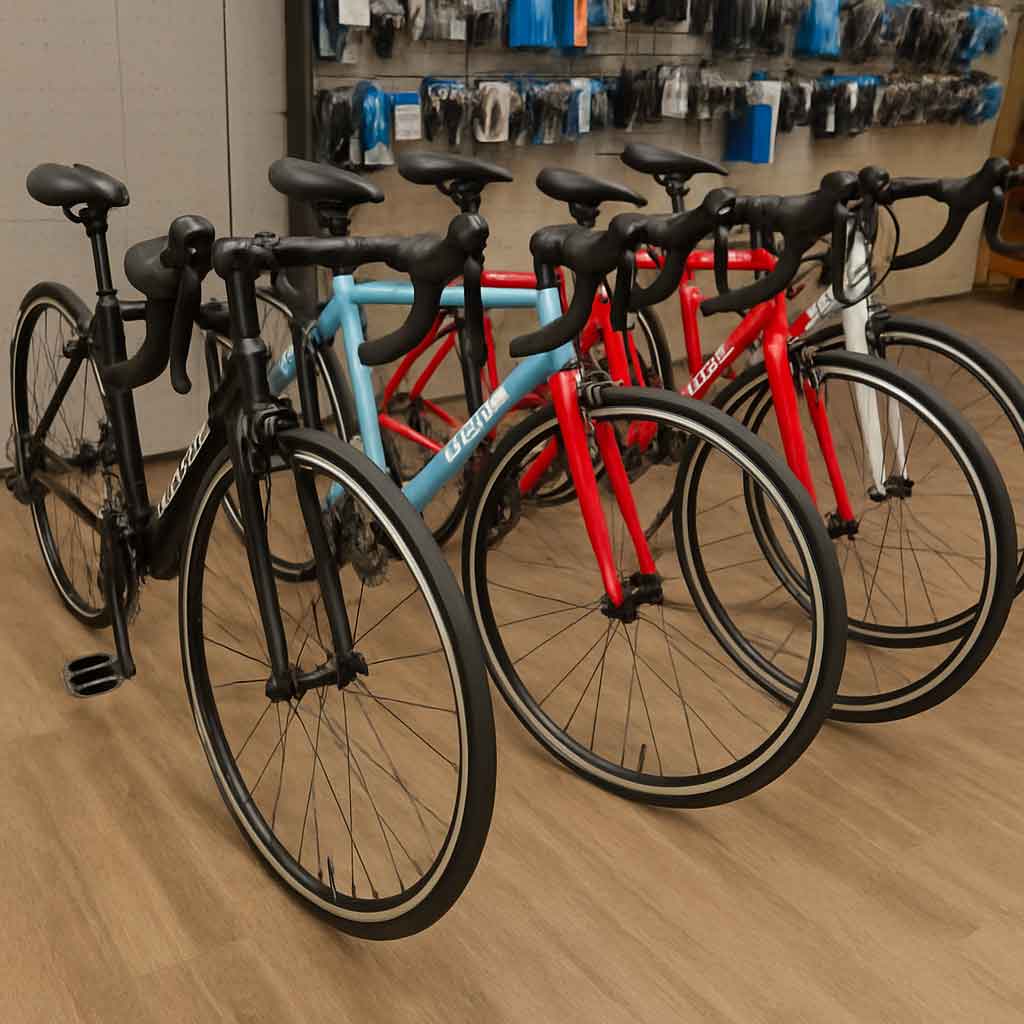
Before diving into specific features, it's essential to understand what makes a road bike suitable for beginners. Generally, a good beginner road bike is lightweight, easy to handle, and comfortable for long rides. It should offer a balance of performance and affordability, making it accessible for new riders who are eager to explore the world of cycling.
Importance of Lightweight Bikes
A lightweight bike can make a significant difference for beginners. It not only makes handling easier but also improves acceleration and climbing efficiency. For those new to cycling, a lighter bike can mean the difference between an enjoyable ride and a strenuous one. As you explore different models, pay attention to the weight specifications, as they often correlate with the bike's overall performance.
Comfort and Ergonomics
Comfort is paramount for novice cyclists who may be spending extended periods on their bikes. Ergonomically designed bikes reduce strain on the body, allowing for longer rides without discomfort. Look for features like cushioned saddles and padded handlebars, which can significantly enhance your riding experience. The geometry of the bike also plays a role; a more upright position can prevent neck and back pain.
Balancing Performance and Cost
Finding a bike that balances performance and cost is crucial for beginners. While high-performance bikes offer superior features, they can be prohibitively expensive. On the other hand, very cheap models might compromise quality and durability. It's important to assess your budget and prioritize features that will have the most significant impact on your riding experience.
Frame Material
The frame is the backbone of any bicycle, and its material significantly impacts the bike's weight, strength, and cost. For entry-level road bikes, aluminum is a popular choice due to its lightweight and durable nature. It's also more affordable than carbon fiber, which is often found in higher-end models. However, if you're looking for an entry-level carbon road bike, there are options available that offer the benefits of carbon without breaking the bank.
Aluminum Frames
Aluminum is the go-to choice for beginner road bikes, primarily due to its lightweight and robust properties. This material offers a great balance of performance and affordability, making it ideal for those just starting. Its durability ensures that the bike can withstand the inevitable bumps and scrapes that come with learning to ride. Moreover, aluminum frames are relatively low maintenance, a bonus for new cyclists.
Steel and Carbon Fiber Alternatives
While aluminum is popular, steel and carbon fiber frames are also options worth considering. Steel is known for its strength and smooth ride, though it's often heavier than aluminum. It provides excellent shock absorption, making it suitable for longer rides. Carbon fiber, on the other hand, offers high-end performance with its exceptional lightweight and vibration-dampening properties. Some entry-level bikes incorporate carbon elements to enhance ride quality without the full price tag of a complete carbon frame.
Factors Influencing Frame Choice
When selecting a frame material, consider factors such as your typical riding terrain, budget, and future goals in cycling. If you plan to ride mainly on smooth city roads, aluminum might suffice. However, if you're eyeing longer, more varied routes, the comfort of a steel or the performance of a carbon frame may be worth the investment. Always weigh the pros and cons of each material in relation to your personal cycling aspirations.
Geometry and Fit
A comfortable fit is crucial for new riders. Beginner road bikes typically feature a relaxed geometry, which means a more upright seating position. This helps reduce strain on your back and neck, making long rides more enjoyable. It's vital to try different sizes and models to find one that fits your body type, as a well-fitted bike enhances performance and prevents injuries.
Understanding Bike Geometry
The geometry of a bike refers to the angles and lengths of the frame's tubes, influencing how the bike handles and feels. A relaxed geometry often features a longer wheelbase and higher handlebars, promoting stability and comfort. This type of setup is perfect for beginners who might not yet be accustomed to the aggressive stance of performance bikes. Understanding these geometry details can help you select a bike that suits your riding style.
Importance of Proper Fit
A bike that fits well can transform your cycling experience. It ensures efficient power transfer from your body to the bike while reducing the risk of pain and injury. When assessing fit, consider factors such as saddle height, handlebar reach, and frame size. Many bike shops offer fitting services to help you find the perfect setup. Remember, a properly fitted bike is not only more comfortable but also enhances your confidence on the road.
Testing Different Models
Trying out different bikes is an invaluable part of the selection process. Each model has its own feel and characteristics, which can only be truly appreciated through a test ride. Take note of how each bike handles, how comfortable you feel, and how easily you can maneuver it. This firsthand experience will guide you in making a choice that aligns with your comfort and cycling ambitions.
Key Components to Consider
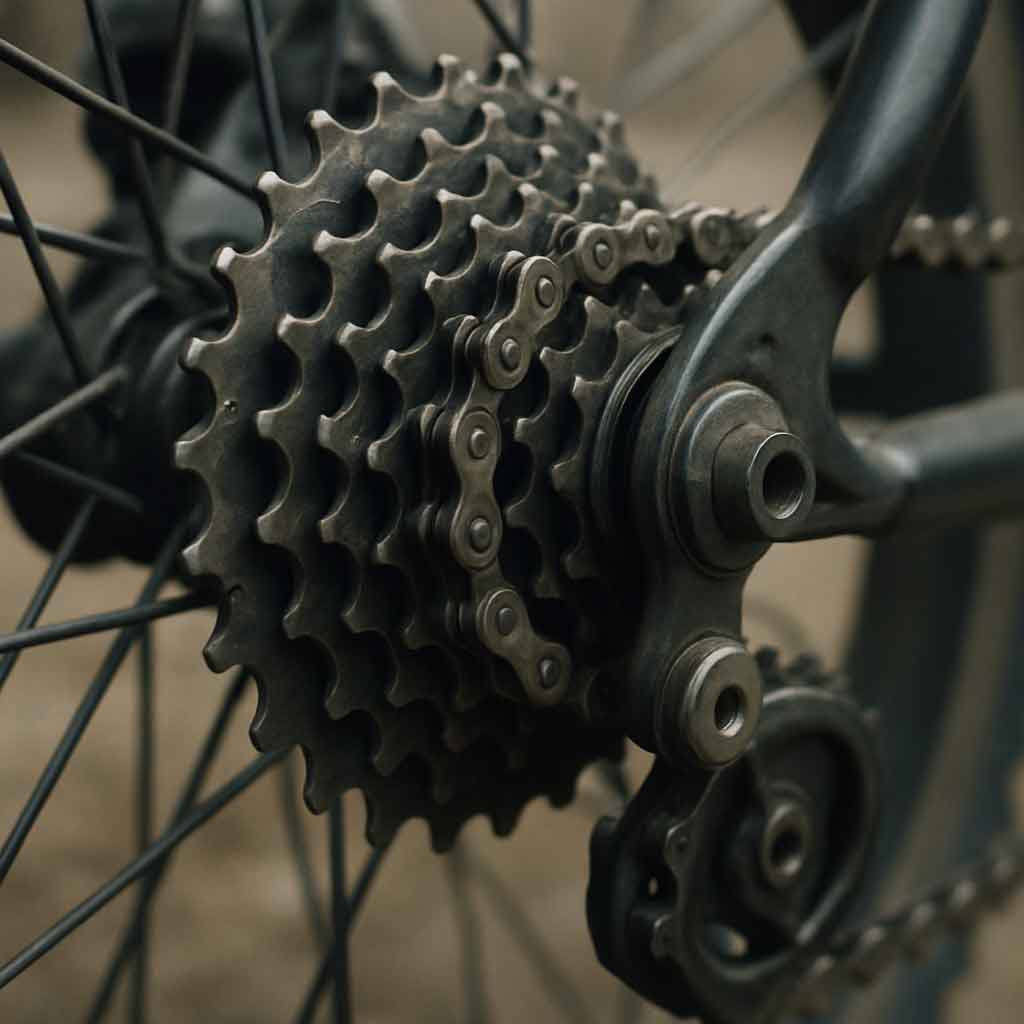
Drivetrain
The drivetrain consists of all the parts that propel the bike forward, including the chain, cassette, and derailleurs. For novices, a bike with a simple and reliable drivetrain is ideal. Most beginner road bikes come with a 2x8 or 2x9-speed setup, which offers a good range of gears for various terrains. Shimano and SRAM are reputable brands known for producing quality drivetrains for beginner bicycles.
Gearing Options
Gearing is crucial, especially for beginners who are still learning to navigate different terrains. A 2x8 or 2x9-speed setup provides a versatile range, allowing for smooth transitions between gears. This versatility is particularly beneficial when tackling hills or accelerating on flat surfaces. Understanding the basics of gearing will help you make informed decisions on the road and enhance your overall riding experience.
Brake Systems
Safety should always be a priority, and having reliable brakes is a must. Most entry-level road bikes feature rim brakes, which are lightweight and easy to maintain. However, disc brakes are becoming more common, even in beginner models. They offer better stopping power, especially in wet conditions, and require less force to operate. If you plan to ride in varying weather conditions, investing in a bike with disc brakes is a smart choice.
Benefits of Different Brake Types
Rim brakes are traditional and provide sufficient stopping power for most road conditions, making them a practical choice for many beginners. They are also lighter, contributing to the bike's overall weight savings. Disc brakes, while slightly heavier, offer superior performance, particularly in adverse weather. They provide consistent braking power and require less hand force, which can be a comfort to new riders navigating unpredictable environments.
Wheels and Tires
The wheels and tires of a road bike affect its speed, handling, and comfort. Beginners should look for bikes with lightweight wheels, as they make acceleration and climbing easier. The tires should be durable and offer good grip, especially if you plan to ride on different surfaces. A common tire size for beginner road bikes is 700c, which strikes a balance between speed and comfort.
Tire Types and Sizes
Choosing the right tires can greatly influence your cycling experience. Wider tires offer more comfort and stability, which can be reassuring for new riders. However, they can also add rolling resistance. Conversely, narrower tires provide speed and agility but may not be as forgiving on uneven surfaces. Understanding the trade-offs will help you select tires that match your riding style and typical terrain.
Special Considerations for Women
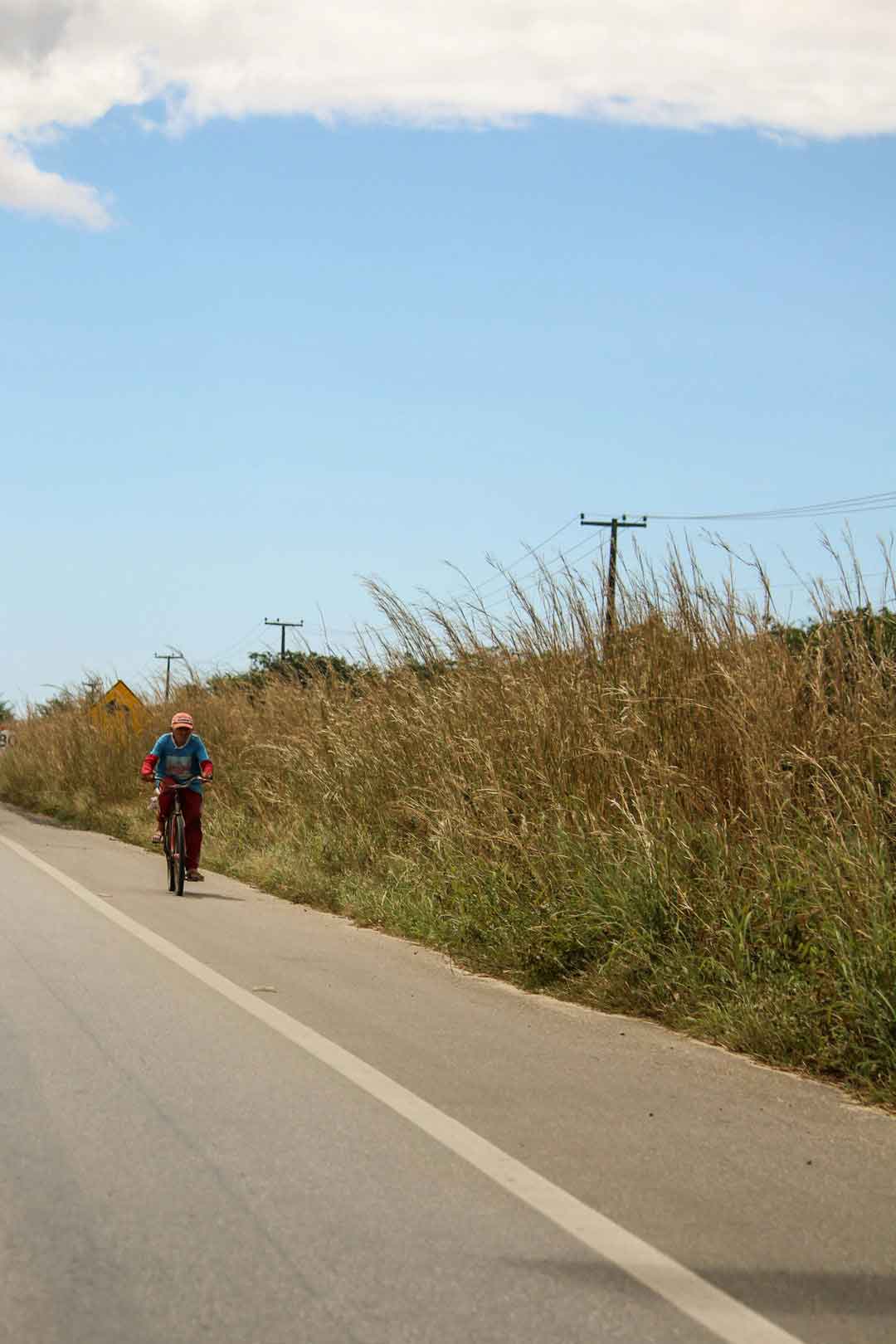
by Igor Rodrigues (https://unsplash.com/@igorrodrigues)
Women-specific bikes are designed to accommodate differences in anatomy, such as shorter torsos and narrower shoulders. They often feature a slightly shorter top tube and a wider saddle for enhanced comfort. If you're looking for the best starter road bikes for women, consider brands that offer women-specific models or geometry adjustments.
Frame Adjustments for Women
Women-specific bikes often feature frame adjustments to cater to anatomical differences. These adjustments can include shorter reach lengths and narrower handlebars, providing a more natural and comfortable riding position. Such designs ensure that female riders can enjoy the same level of performance and comfort as their male counterparts. Exploring these tailored options can lead to a more enjoyable and efficient cycling experience.
Saddle Comfort
The saddle is a critical contact point between you and your bike, and comfort here can make or break your riding experience. Many beginner women's road bikes come with women-specific saddles, which are wider and more cushioned. However, personal preference plays a significant role, so don't hesitate to test different saddles until you find one that suits you.
Choosing the Right Saddle
The right saddle enhances comfort and prevents pain during rides. Women's saddles typically have a wider rear and a shorter nose, aligning better with female anatomy. Investing time in finding the right saddle can lead to significant improvements in comfort and endurance. Many shops offer saddle fitting services, allowing you to test various shapes and materials to find the best match for your body.
Budgeting and Value
Finding the best road bicycle for the money involves balancing your budget with the features you prioritize. While it's tempting to go for the cheapest option, investing a bit more in a well-built bike can enhance your riding experience and provide longevity. Look for reputable brands known for producing quality entry-level bikes, as they often offer great value without compromising essential features.
Evaluating Cost vs. Features
When budgeting for a beginner road bike, it's essential to evaluate the cost against the features offered. A slightly higher initial investment can result in a more durable and enjoyable bike. Consider features like frame material, components, and overall build quality. Prioritizing these aspects can lead to a more fulfilling cycling experience and potentially save money on repairs and upgrades in the future.
Popular Brands for Beginners
Several brands are known for creating excellent beginner road bikes. Giant, Trek, and Specialized are popular choices, offering a range of models tailored to new riders. Other brands like Cannondale and Scott also provide competitive options in the entry-level category. Researching and test-riding various models from these brands can help you find a good starter bicycle that meets your needs.
Test Riding and Research
Before making a purchase, it's beneficial to test ride several models and conduct thorough research. Reviews and expert opinions can provide insights into a bike's performance and reliability. Test rides allow you to experience firsthand how a bike feels and handles, which is crucial in making an informed decision. Combining these approaches will help you find a bike that offers the best value for your budget.
Tips for New Riders
Once you've selected the best bike for novice cyclists, consider these tips to enhance your cycling experience:
Building Endurance
- Start Slow: Gradually increase your riding distance and intensity to build endurance and confidence. Starting slow allows your body to adapt to the physical demands of cycling, reducing the risk of injury and burnout. As your fitness improves, you can progressively challenge yourself with longer rides and varied terrains.
Maintenance Skills
- Learn Basic Maintenance: Familiarize yourself with simple bike maintenance tasks like fixing a flat tire and adjusting brakes. Understanding these basics not only prolongs the life of your bike but also empowers you to handle minor issues during rides. Consider taking a maintenance workshop or watching online tutorials to build your skills and confidence.
Community Engagement
- Join a Community: Connect with local cycling groups or online forums for support, advice, and camaraderie. Joining a community can provide motivation and inspiration as you share experiences and tips with fellow cyclists. It's also a great way to discover new routes and participate in group rides, enhancing your overall cycling journey.
Gear and Safety
- Invest in Proper Gear: A quality helmet, padded shorts, and cycling shoes can significantly improve your comfort and safety. Proper gear not only enhances your riding experience but also ensures that you're protected on the road. Take the time to select gear that fits well and meets safety standards, providing peace of mind as you cycle.
Conclusion
Choosing the right road bike as a beginner sets the foundation for a rewarding cycling journey. By focusing on essential features like frame material, geometry, and components, you can find a bike that offers comfort, performance, and value. Remember to prioritize fit and test different models to discover what works best for you. With the right bike, you'll be well-equipped to enjoy the open road and all the adventures that come with it. Happy cycling!



